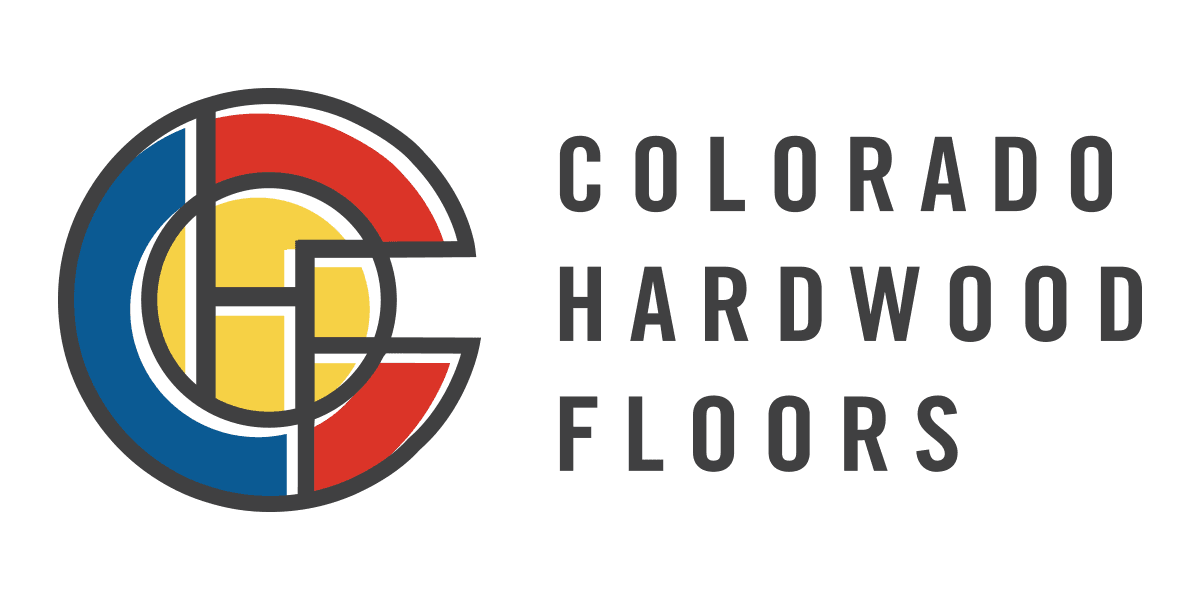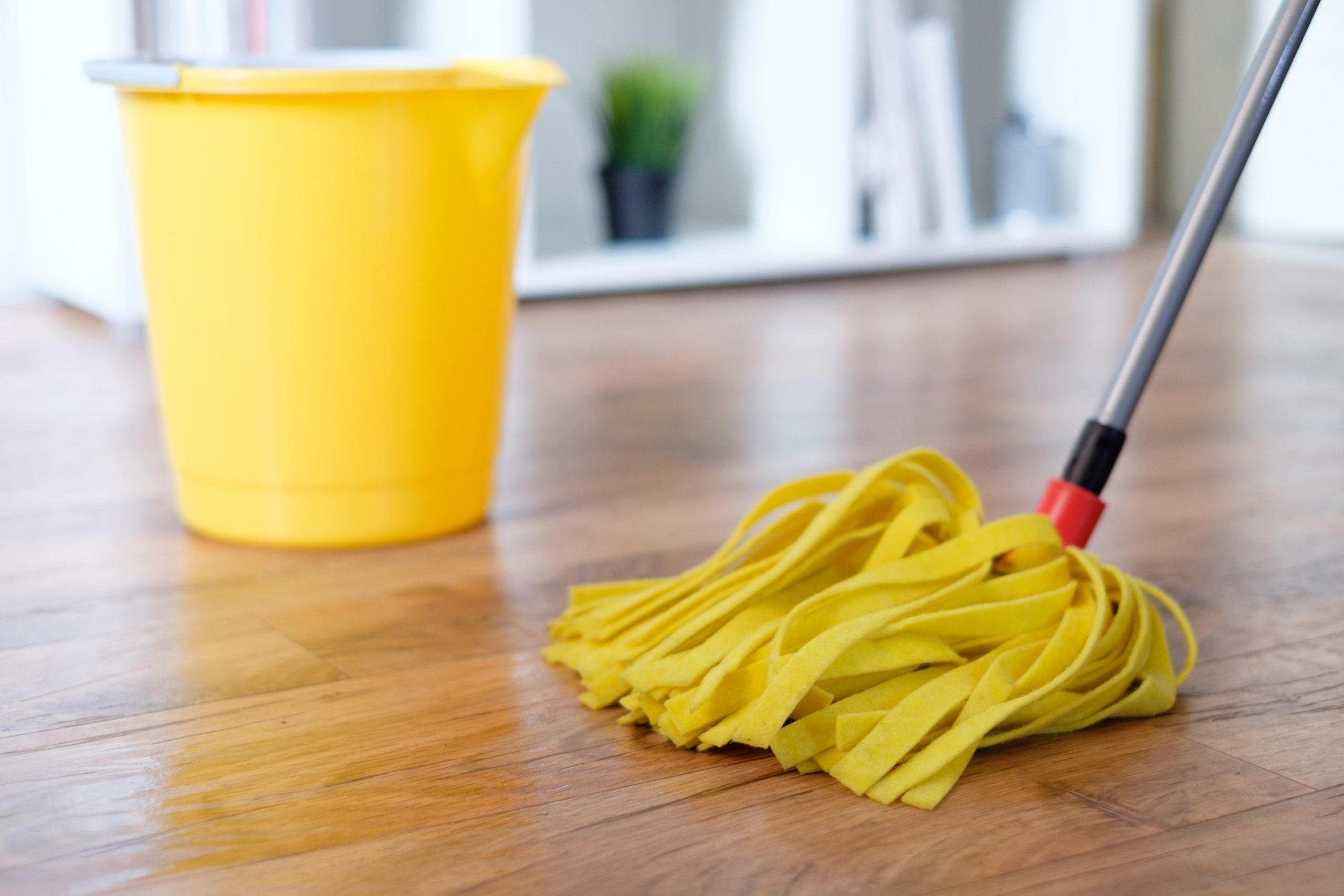Hardwood flooring is a wildly popular flooring type because it is both beautiful and durable. Homeowners love the elevated feeling of hardwood and how it makes your room look elegant and put together with minimal effort. While hardwood flooring is a great option it can be a challenging flooring type for basements. Basements come with a variety of different challenges but the concrete slab is the biggest concern for hardwood flooring. Water damage is much more common in the basement and hardwood and water are not friends. If you choose to install hardwood flooring below grade there are some extra steps and maintenance needs you will need to consider. Vapor barriers on the concrete and below the concrete are very important if you are considering concrete below grade. Additionally many people choose to add a sump pump to help remove any water.
Basement flooring needs proper preparation to work with different floor types. The concrete slab needs to be properly installed and in good condition before flooring can be added. When the slab was poured a layer of porous fill should be added to the aggregate bed to help mitigate groundwater and allow for drainage. Ground water should run away from the home with proper grading or with the help of a sump pump basin. Many homeowners choose to add radiant heating before installing flooring on concrete slab to help counteract the cooling effect of the concrete especially in winter. If you are considering radiant heating the flexible tubing system may need to be installed before the concrete is poured.
Concrete slabs need time to cure before flooring can be installed. The minimum time frame is 30 days but you will want to test the humidity of the slab before adding flooring to ensure it’s dry and ready. A vapor barrier is a necessary part of this process and should be added below the subfloor. A liquid vapor barrier can be rolled onto the concrete to create an extra layer of moisture protection. This liquid vapor barrier acts as an extra barrier for any moisture seepage. Vapor barriers are important when concrete is fresh and still wet but also remains integral because moisture can seep up into the concrete over time.
There are a variety of different vapor barriers on the market including PVC, roofing felt and polyethylene sheets. The vapor barrier should be under the layers of insulation to prevent heat from leaching through the walls. Polyethylene is a new vapor barrier product and works with lots of different flooring types including laminate, tile, linoleum carpet and wood flooring. Polyethylene can resist mold, mildew and fungus and lots of moisture intrusion.
After preparing the basement for flooring you will have to research the right flooring for below grade. Many manufacturers do not recommend hardwood for basements because of the higher moisture content but some have specific installation instructions. Laminate flooring is often recommended for below grade because of the core and its improved stability. Engineered hardwood is also on a more stable core and can work well in basements. Solid hardwood can be installed in basements but does have more susceptibility to water damage and moisture mitigation should be a top priority.
While you can install whatever flooring you want in your basement there are some materials that perform better than others. If you are unsure what the best option is for your basement floor, a flooring contractor is a great resource. Colorado Hardwood is here to help and can meet with you to discuss flooring options including laminate, engineered and solid wood flooring. We can also discuss installation options and methods for mitigating moisture more effectively.

